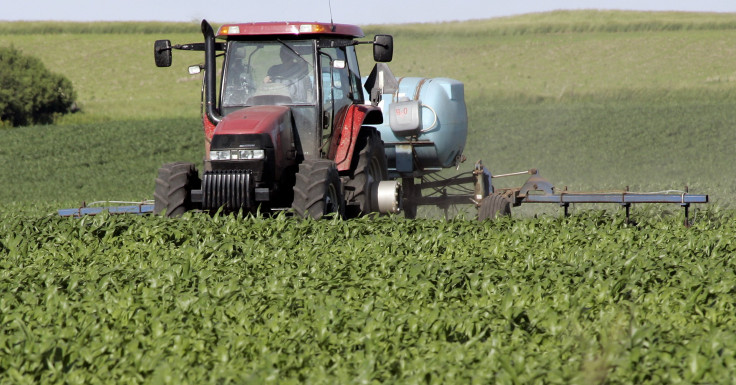EPA Reconsidering Cellulosic Ethanol Mandates After Trade Associations Complain

The U.S. Environmental Protection Agency is reconsidering its mandates for blending cellulosic ethanol -- a biofuel produced from the inedible parts of plants -- with gasoline after two trade associations said that actual biofuel production will be less than the EPA’s estimates.
The EPA had planned for businesses to blend 18.15 billion gallons of ethanol into gasoline this year, including increasing the amount of cellulosic ethanol in that blend, as part of a plan created in 2007 that called for 36 billion gallons of ethanol to be blended into gasoline by 2022.
The American Petroleum Institute (API) and the American Fuel & Petrochemical Manufacturers wrote letters to the EPA in October, after the public comment period ended but before judicial review of the quota was finalized, the EPA said in late January.
“We believe that [renewable fuels company] KiOR’s Aug. 8, 2013 announcement of reduced anticipated production in 2013, which your petition noted, justifies reconsideration of the 2013 cellulosic biofuel standard,” EPA administrator Gina McCarthy wrote in a letter to API, as reported by the Oil & Gas Journal.
Pasadena, Tex.-based KiOR said in December it expects to produce about 920,000 gallons of biofuels in 2014 at its Columbus, Miss., plant.
“It's refreshing the EPA has finally agreed to reconsider bad public policy, mandating biofuels that do not exist," API downstream group director Bob Greco said in response to the EPA's decision.
"We continue to ask that EPA base its cellulosic mandates on actual production rather than projections that -- year after year -- have fallen far short of reality," Greco added. "For four years running, biofuel producers have promised high cellulosic ethanol production that hasn't happened."
The AFPM's president, Charles T. Drevna, agreed, saying the EPA’s “optimism for cellulosic biofuel appears to have been tempered by reality.”
DuPont, a chemical company that has invested in cellulosic ethanol facilities in Iowa, also said the EPA’s original plan was ill-advised.
“It sends a chilling signal to potential investors” in cellulosic ethanol technology, which is intended to reduce greenhouse gases and curb climate change, Jim Collins, senior vice president of DuPont, said.
Oil industry officials have been pushing for the EPA to reduce the ethanol blend requirements for gasoline, citing lower-than-expected gasoline usage and arguing that gas stations and cars can’t safely use higher-ethanol fuels.
© Copyright IBTimes 2024. All rights reserved.












